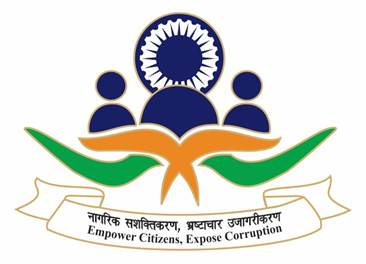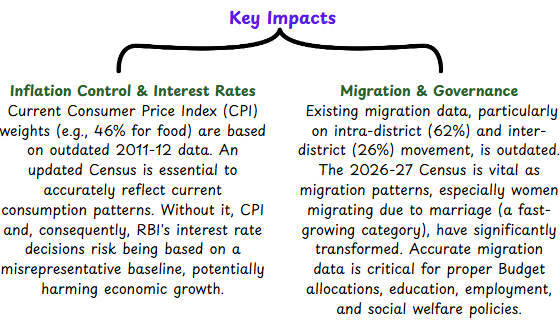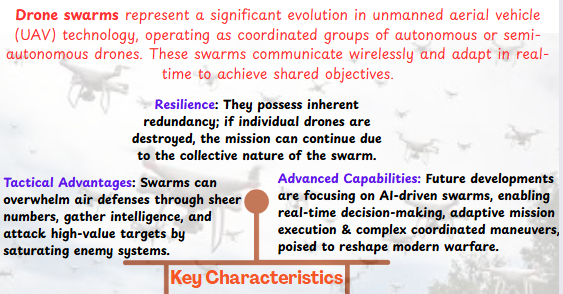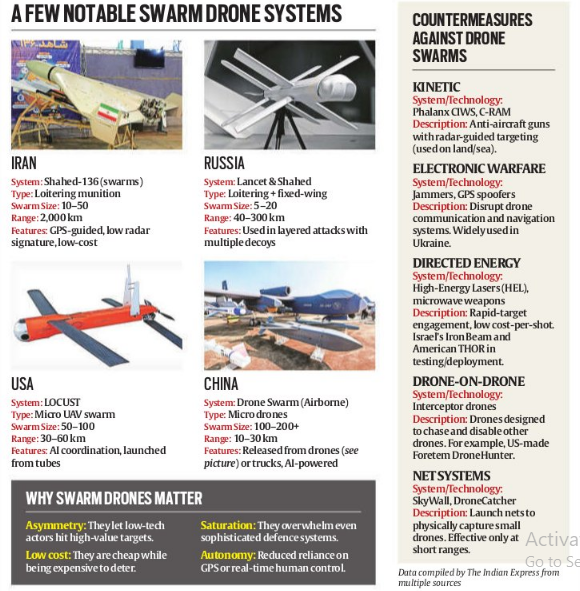Polity
Empower Citizens, Expose Corruption”- Lokpal of India adopts a new motto -PIB

The Full Bench of Lokpal of India has adopted a new Motto replacing the old one. The Logo with the new Motto of Lokpal of India, is as under: -
About Lokpal
Statutory Status: The Lokpal is a statutory body established under the Lokpal and Lokayuktas Act, 2013.
Mandate: Its primary function is to inquire into allegations of corruption against certain categories of public servants, including Ministers and senior officials.
Organisational Structure:
- The Lokpal comprises a Chairperson and up to eight Members.
- Four of the Members must be Judicial Members.
Eligibility Criteria:
- Chairperson:
Must be either:
- A former Chief Justice of India, or
- A former Judge of the Supreme Court, or
- An eminent person with impeccable integrity and experience, as defined by the Act.
- Judicial Members:
Must be either: Former Judges of the Supreme Court, or Former Chief Justices of a High Court.
Social Representation Requirement: At least 50% of the Members must belong to Scheduled Castes (SCs), Scheduled Tribes (STs), Other Backward Classes (OBCs), minorities, or be women.
Powers of the Lokpal
- Supervision of CBI: Directs and oversees CBI investigations in corruption cases.
- Control on Officer Transfers: Investigating officers in Lokpal-referred cases cannot be transferred without its approval.
- Search & Seizure: Authorizes CBI for search and seizure in corruption cases.
Civil Court Powers: Inquiry Wing has civil court powers (e.g., summoning, examining, document production).
- Confiscation: Can confiscate assets acquired through corrupt means in special cases.
- Transfer/Suspension Recommendation: May recommend transfer/suspension of officials under investigation.
- Evidence Protection: Can prevent destruction of evidence during preliminary inquiry.
- Annual Report: Submits yearly report to the President (laid before Parliament).
Why the Census 2027 is critical for India’s economic growth & development - Indian Express
After a six-year delay, India will conduct its Census in two phases during 2026 and 2027, providing a crucial population snapshot as of March 1, 2027.
The Census serves as a crucial "reality check," providing a comprehensive snapshot of India's socio-economic landscape every decade (now 16 years due to delays), forming the statistical bedrock for all future policymaking and surveys.

Importance of census
- Foundation for All Data: The Census collects critical data on age, gender, family status, economy, unemployment, language, education, disability, and migration, forming the fundamental statistical basis for all subsequent surveys, socio-economic analysis, and policymaking.
- Outdated Baselines are Costly: Relying on outdated Census data makes it increasingly difficult and expensive for both public and private sectors to accurately understand India's current reality.
- Administrative Data is Insufficient: While governments collect growing administrative data, it cannot replace the Census due to:
- Comparability Issues: Differences in data collection methodologies and definitions across administrative zones and states.
- Unreliable Data: Potential for exaggeration or suppression of information due to perverse incentives among data collectors. For example, the NFHS 2020-21 showed 30% of households lacked toilets, contradicting government "Open Defecation Free" claims.
- Critical Reset: The Census 2027, despite a six-year delay, is crucial for providing a much-needed "reset" for India's economy, policymakers, and citizens, offering a clear picture of the nation's social reality and boosting economic development.
Environment
Environment Ministry’s forest committee clears Arunachal’s Etalin hydel project - Indian Express
The Environment Ministry's Forest Advisory Committee has given in-principle forest clearance to the 3,097-MW Etalin hydropower project in Arunachal Pradesh.
Forest Advisory Committee (FAC):
The Forest Advisory Committee is a statutory body constituted under Section 3 of the Forest (Conservation) Act, 1980. It plays a key role in evaluating proposals related to the diversion of forest land for non-forest purposes.
Etalin Hydropower Project
- The Etalin project is one of India’s largest proposed hydropower ventures in terms of generation capacity, planned to generate 3,097 MW of electricity.
- It is located in Arunachal Pradesh’s Dibang Valley, on the Dri and Talo rivers (local names for the Dibang river).
- The project is a joint venture between Jindal Power Limited and the Hydropower Development Corporation of Arunachal Pradesh Limited.
- It is designed as a run-of-the-river project, meaning it does not require large-scale water storage or dams.
Ecological and Social Implications:
- The project will lead to the diversion of 1,175 hectares of forest land and the felling of approximately 2.78 lakh trees in an ecologically sensitive region.
- The area is home to a rich variety of wildlife, including tigers and snow leopards, and hosts 56% of India’s bird species, underlining its status as a major biodiversity hotspot.
- There is strong opposition from the local Idu Mishmi tribe, and serious concerns have been raised about the lack of a current, comprehensive environmental impact assessment.
This project reflects the ongoing debate between infrastructure development and conservation in the ecologically fragile Northeast.
Defence
Drone warfare & India - Indian Express
Ukraine's "Operation Spider's Web" and recent India-Pakistan hostilities during "Op Sindoor" highlight how cheap, swarming drones effectively challenge traditional militaries by overwhelming defenses
Brief history of drones
- Early Use (WWI & Korean War): Drones (UAVs) were initially used for anti-aircraft gunner training and specialized offensive missions.
- Modern Military Adoption (Post-1990s): Significant military use began after the 1991 Gulf War.
- Nagorno-Karabakh Conflict (2020): A turning point where Azerbaijan's use of Bayraktar TB2 and Harop drones proved decisive.
- Recent Conflicts:
- Yemen: Houthi rebels used drones to target Saudi oil infrastructure.
- Gaza: Hezbollah and Hamas deployed drones for surveillance and strikes.
- Ukraine:
- Both sides use commercial (DJI), military (Bayraktar TB2, Orion-10, Shahed-136), and loitering munitions.
- Ukraine notably employs FPV racing drones for precision targeting (tanks, soldiers) and bombing air bases.
- Ukraine conducted "Operation Spider's Web" (June 1) using 100-150 FPV drones to attack Russian airfields, claiming significant aircraft damage ($7 billion losses).
- Russia uses Iranian-made Shahed Kamikaze drones in swarms to overwhelm air defenses and target infrastructure.

Threats posed by drone swarms-
- Rising Threat: Drone swarms are increasingly small, undetectable, and untraceable, posing a growing challenge.
- Case Studies: While Pakistan’s low-grade drones failed, Ukraine’s use (e.g., Operation Spider's Web) highlights their effectiveness.
- Target Vulnerability: Dense, porous-border nations like India are especially exposed to swarm attacks.
- Defense Difficulty: Launches from mobile platforms (like trucks) near targets are hard to intercept.
- Need for Coordination: Countering swarms needs integrated action from police, armed forces, and civic bodies.
- Strategic Impact: Their low cost and high damage potential demand a rethinking of traditional defense strategies.
Countering drone threats
Limitations of Traditional Kinetic Systems:
- Missiles and anti-aircraft guns (especially SAMs) are costly and less effective against large drone swarms.
Preferred Kinetic Alternatives:
- Automated Gun Systems: C-RAM (Counter-Rocket, Artillery, and Mortar) and Phalanx systems are favored for their ability to automatically track and engage targets.
Cost-Effective Alternatives:
- Directed Energy Weapons (DEWs): Lasers and microwave pulses disable drones by damaging sensors or overheating circuits.
- Electronic Warfare (EW): Disrupting drone operations through GPS jamming and communication interference.
- Spoofing: Misleading drones with false navigation signals to send them off course.
- Drone-on-Drone: Using interceptor drones to chase and collide with enemy drones.

- Nets & Net Launchers: Systems like SkyWall and DroneCatcher deploy nets to capture or disable drones.
India’s Preparedness
- Alakshetra Air Defence Control System: Developed by Bharat Electronics Ltd. Integrates IAF radar and command network.
- Bharagvastra: Solar Defence system with mini-missiles to eliminate swarms.
DRDO’s Anti-Drone System: Offers 360° radar coverage, soft kill (jamming), and hard kill (laser).